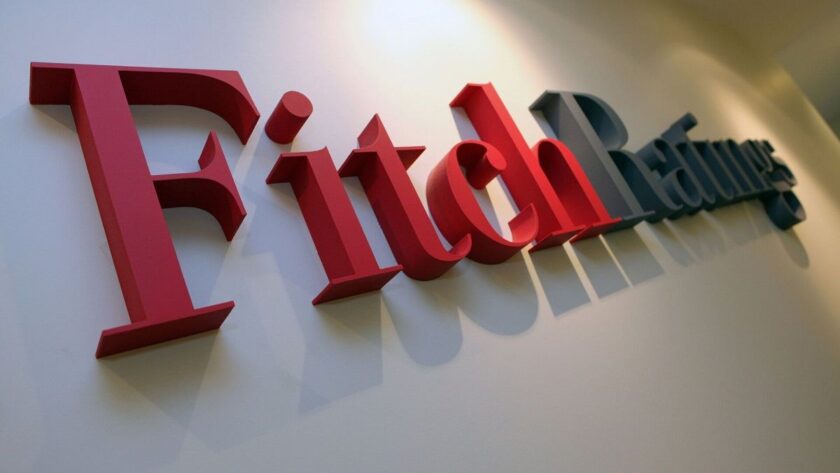South Africa’s MTBPS Maintains Fiscal Consolidation Drive
South Africa’s Medium-Term Budget Policy Statement (MTBPS) reaffirms the government’s commitment to gradual fiscal consolidation, which should bring debt closer to stabilising, Fitch Ratings says.
The MTBPS, unveiled on 12 November 2025, keeps the consolidated fiscal deficit target for the year ending March 2026 (FY25) broadly unchanged, at 4.7% of GDP, against 4.8% in the May budget.
Revenue windfalls from higher-than-budgeted corporate income tax (CIT) receipts, dividend taxes and VAT in 1HFY25 will be spent, mostly on infrastructure, rather than used to pay down debt.
Revenue in 1HFY25 was around ZAR19.3 billion (0.25% of Fitch-estimated FY25 GDP) more than expected, but this will be used to fund a ZAR15.8 billion increase in non-interest expenditure compared with the budget.
“We believe the authorities’ revenue projection for this fiscal year remains conservative, with upside risk stemming from continued CIT outperformance amid elevated commodity prices, and potential gains following investment in the revenue service.”
The MTBPS formally announced a revision in South Africa’s inflation target to 3% +/-1pp from a range of 3%-6%. The central bank is expected to guide inflation towards that target over the next two years.
The authorities see this helping to reduce current expenditure growth (mostly wages and social grants) by around ZAR6 billion in FY26 and ZAR14 billion in FY27 relative to the May budget.
They also expect associated lower interest costs to reduce expenditure by around ZAR11 billion in FY26 and ZAR21.6 billion in FY27. Lower inflation will weigh on revenue and nominal GDP growth, reducing the net effect on the deficit as a share of GDP, as well as South Africa’s debt/GDP trajectory.
The MTBPS projects that the consolidated fiscal deficit will remain broadly unchanged at 3.8% of GDP in FY26 and 3.3% in FY27, against 3.8% and 3.4%, respectively, in May.
Debt/GDP will peak at 77.9% in FY25 in the National Treasury’s forecast, declining to 77.7% in FY26 and 77.4% in FY27.
These figures are slightly higher than in the May budget and closer to Fitch’s baseline projections when analysts affirmed South Africa’s rating at ‘BB-’ with a Stable Outlook in September 2025 of 77.4% in FY25, 77.8% in FY26 and 78.4% in FY27.
Part of the envisaged debt reduction reflects a revision to the financing strategy, with the government intending to increase drawdowns from the Gold and Foreign Exchange Contingency Reserve Account by around ZAR31 billion (0.4% of GDP) in FY26, relative to projections in the May 2025 budget.
This will be partly offset by reducing drawdowns from cash balances over FY25-FY27 by ZAR14.6 billion, adding that incorporating the revised financing strategy into projections may help to stabilise gross debt. However, Fitch said it also see risks to the government’s projections.
Notably, Fitch analysts expect real GDP growth of 1.2% in both 2026 and 2027, slower than the government’s forecasts of 1.5% and 1.8%, respectively, largely due to a more conservative forecast for gross fixed-capital formation. This will weigh on potential revenue growth and have a denominator impact on fiscal metrics.
“We also have more conservative assumptions on savings on interest costs from lower inflation, as the long average maturity of South Africa’s debt means it should take time for lower yields to reduce interest costs significantly, even if yields move lower as we expect”, Fitch stated.
The MTBPS projects inflation will average 3.3% in 2027, against 4.3% in the May budget, close to Fitch’s forecast of 3.6% in September 2025.
Fitch analysts believe the inflation target change will enhance macroeconomic stability, aligning South Africa’s inflation more closely with that of its trading partners and alleviating structural downward pressures on the currency. Nigerian Breweries Falls Below N2trn after Huge Block Trades

